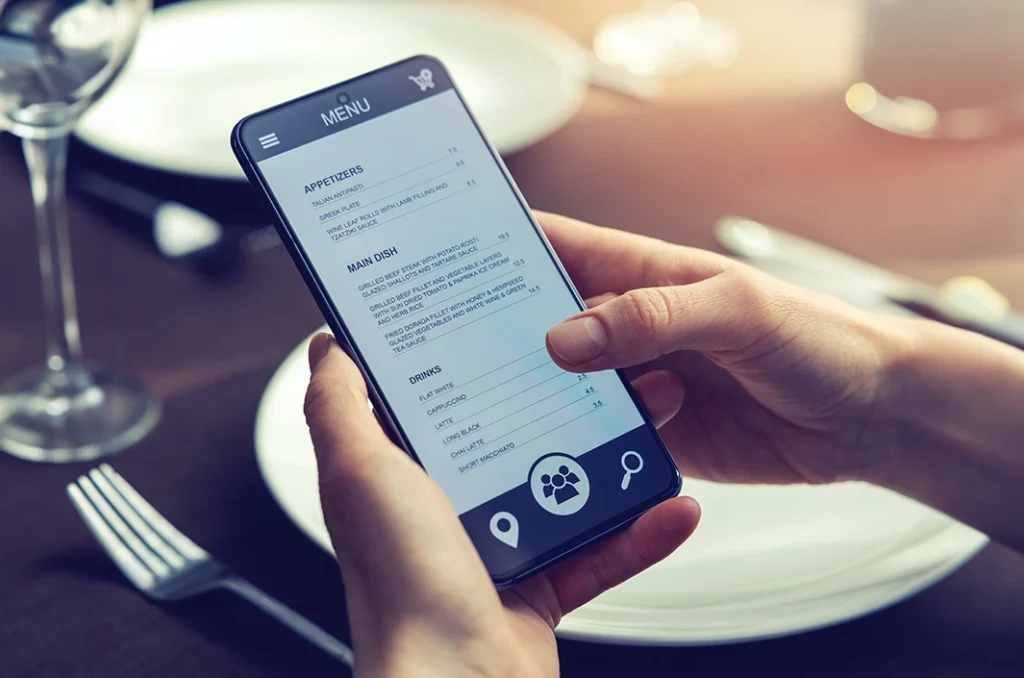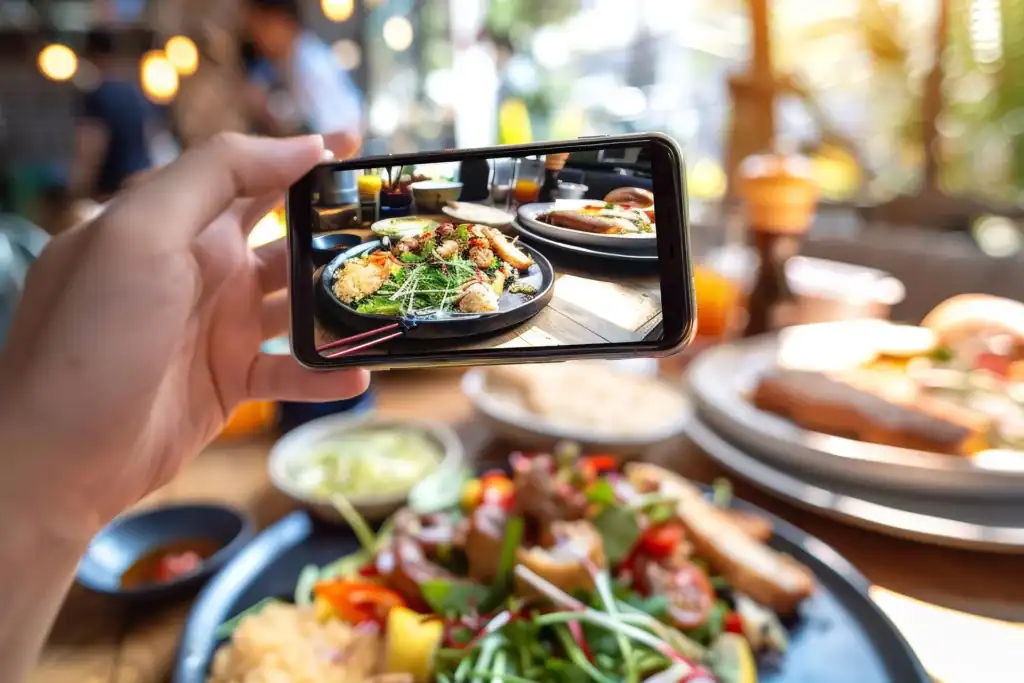GLP-1, glucagon-like peptide-1, drugs like Ozempic, Wegovy, etc. have gained a lot of traction this year, and for good reason. These drugs, originally created to treat diabetic patients, help with obesity as well as other conditions like cardiovascular diseases and kidney diseases. Obviously, these benefits have made GLP-1 drugs very popular and sought after, which comes with many implications for various industries.
More specifically, the rise of GLP-1 drugs will push the restaurant industry to change how it operates. Here’s how:
CHANGING DIETARY PREFERENCES
When on GLP-1 drugs, many consumers’ dining habits change rather quickly due to some of the side effects. One of the major side effects is the change in taste perception. Some consumers may no longer enjoy foods that they loved, have a liking towards foods they may have not liked before, or even find many foods to have a lack of taste.
All consumers are different. Thus, there will be different side effects, responses, and needs amongst consumers. Some GLP-1 users lean towards healthier diets, consuming lower-calorie foods while others may just eat less of their current diet. So, the appropriate monitoring is necessary to respond to your consumer base’s shift in dining habits.
SMALLER PORTION SIZES
Regardless of the change in diet, GLP-1 users are consuming significantly less food overall, spending about 6%-9% less than those not using GLP-1 drugs. According to CivicScience, GLP-1 users are dining out less and cooking more at home. However, GLP-1 users are more inclined to value menus when they do dine out.
GLP-1 users are unable to eat the large portions of food they ate prior to their prescription without experiencing significant side effects. This lower consumption of food will lead to less food purchased as well as the potential to less food waste and production in the industry. However, this reduction in food consumption leads to a lack in essential nutrients.
NUTRIENT FOCUS
This lower intake of key nutrients will lead to more side effects like dehydration, gut health issues, micronutrient deficiencies, hair loss, and sagging skin. One of the more prevalent side effects is significant muscle loss due to the decrease in protein being consumed. This provides the opportunity for restaurants to adopt and highlight specific menus featuring customizable meals, health-conscious options, smaller portions, plate-sharing, or more that are catered to dining habits of GLP-1 users. Smoothie King has recently started offering a GLP-1 menu, becoming the first of its kind.
VIGOR’S VIEW
Consider these potential changes because as GLP-1 drugs increase in use and acceptance, restaurants will feel these shifts more.
Do some research, talk to your customers, and consider adding a GLP-1 menu that aligns with your consumer base’s preferences. Don’t wait until it’s too late.


